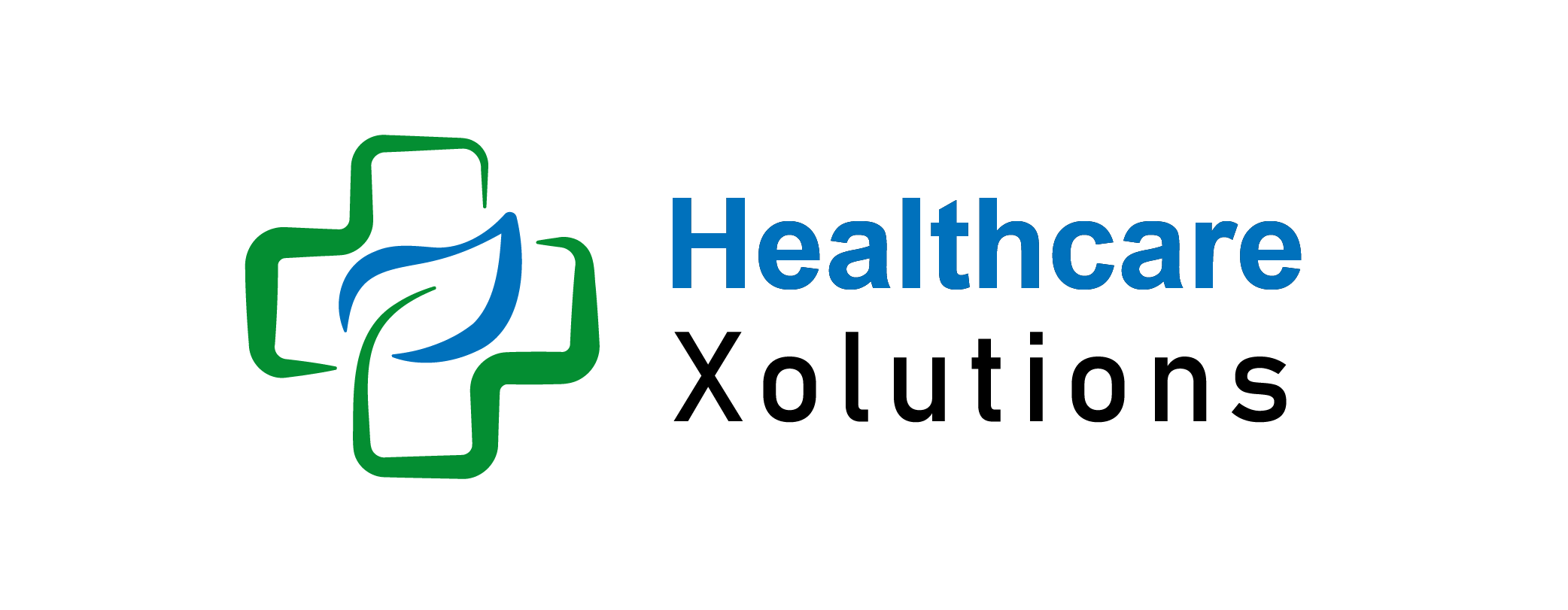How Does Affordable Care Act Preventive Care Impact Health Plans?

The Affordable Care Act (ACA) has significantly transformed the U.S. healthcare landscape by emphasizing preventive care in insurance plans. As of 2024, approximately 45 million Americans are enrolled in ACA-related coverage, marking a 46% increase since 2021. This surge underscores the growing importance of preventive services in healthcare planning.
This article explores how Affordable Care Act preventive care affects plan choices and what it means for consumers and the healthcare system.
Key Takeaways:
- Enhanced Access to Preventive Services: ACA plans cover essential preventive services, such as screenings and vaccinations, without additional costs, promoting proactive health management.
- Cost Savings: Utilizing preventive care can lead to early detection of health issues, potentially reducing the need for expensive treatments and lowering overall healthcare expenses.
- Improved Health Outcomes: Regular preventive care contributes to better long-term health by identifying and managing conditions before they become severe.
- Informed Plan Selection: Understanding the preventive services offered by ACA plans enables consumers to choose coverage that aligns with their health needs.
- Support for Health Equity: The ACA’s emphasis on preventive care has expanded access to underserved populations, helping to reduce healthcare disparities.
Table of Contents
What Is The Affordable Care Act Preventive Care?
Preventive care encompasses a range of services aimed at preventing illnesses or detecting them early. Common services include vaccinations, screenings for conditions like high blood pressure and diabetes, and counseling for mental health or lifestyle changes. One of the hallmarks of the ACA is the mandate that most preventive services be provided at no additional cost to the insured. This incentive encourages people to stay proactive about their health, potentially avoiding more serious health issues down the line.
In ACA plans, preventive care is essential because it promotes long-term health, reduces the likelihood of severe conditions, and is often fully covered without additional costs to the insured individual.
Why Affordable Care Act Preventive Care Matters In ACA Plan Selection:
1. Cost Savings on Preventive Services:
For many consumers, ACA plans’ no-cost preventive services can result in significant cost savings. Plans that offer comprehensive preventive care benefits appeal to individuals who prioritize staying healthy and catching potential issues early. By including these services at no extra charge, the ACA minimizes out-of-pocket costs, allowing people to invest in preventive care without financial hesitation. When choosing a plan, individuals often weigh the availability of these services, as well as which ones align with their health needs.
2. Long-Term Health Benefits:
Preventive care can lead to substantial long-term health benefits. Early detection of chronic conditions, such as heart disease or diabetes, often results in better health outcomes and fewer complications. ACA enrollees who prioritize their health often select plans that not only cover these services but also include robust preventive care management, including follow-up care, to improve outcomes over time. For this reason, people with family histories of certain health conditions may lean toward plans that provide more extensive preventive services.
3. Low-Cost Health Maintenance:
Choosing a plan with an emphasis on preventive care can be a practical strategy for maintaining long-term health while keeping medical expenses low. Preventive services like cancer screenings, immunizations, and mental health counseling help avoid or lessen the severity of future illnesses. This proactive approach to health, supported by ACA plans, is especially valuable for individuals aiming to reduce their lifetime healthcare expenses.
ACA Plan Levels and Preventive Care:
The ACA marketplace categorizes plans into four levels: Bronze, Silver, Gold, and Platinum. Each level varies in premium costs and out-of-pocket expenses, but all levels must cover essential health benefits, including preventive care.
- Bronze Plans are typically more affordable but have higher out-of-pocket costs for non-preventive care, which might appeal to younger, healthier individuals who don’t anticipate extensive medical needs beyond preventive care.
- Silver and Gold Plans offer a balance between monthly premiums and out-of-pocket costs, making them attractive to those who may need both preventive and other healthcare services.
- Platinum Plans have the highest premiums but offer the lowest out-of-pocket costs, which may appeal to individuals with chronic conditions or those who value comprehensive preventive care without the worry of high additional costs.
Preventive Care as a Cost Control Measure:
Preventive care not only helps individuals but also reduces overall healthcare costs. When people actively use preventive services, the need for more extensive and costly treatments decreases. ACA plans that emphasize preventive care reduce the burden on the healthcare system by decreasing emergency room visits, hospitalizations, and treatments for advanced-stage illnesses. In addition, preventive care can reduce the time individuals need to take off work for medical treatment, further supporting their financial stability and productivity.
Choosing an Affordable Care Act Preventive Care Plan:
When choosing an ACA plan, individuals should consider the types of preventive services they are most likely to use. Here are a few factors to consider:
1. Current Health Needs:
People with specific health concerns or risks should ensure that their chosen plan provides preventive services relevant to those areas, like screenings for diabetes or mental health support.
2. Family Health History:
Family history can guide preventive care choices. If there’s a history of conditions like heart disease or cancer, it’s wise to choose a plan with coverage for relevant preventive screenings and follow-ups.
3. Financial Considerations:
While lower-tier plans might appeal due to lower premiums, individuals may find value in mid or upper-tier plans that cover a broader scope of preventive services without additional out-of-pocket costs.
4. Accessibility of Preventive Services:
Consider the accessibility of preventive services in your area or network and check if the ACA plan allows visits to trusted providers or specialists.
Considerations For Choosing The Right ACA Plan:
To optimize your health coverage, consider how preventive care aligns with your health needs and financial situation. Here are key points to keep in mind:
- Frequency of Preventive Services: If you or your family members regularly use preventive services, a plan with higher premiums but lower out-of-pocket costs, like a Silver or Gold plan, might be more cost-effective.
- Provider Network: Check that the plan’s network includes providers who specialize in the preventive services you may need. This ensures you can access covered care conveniently and at no additional charge.
- Health Conditions: If you have specific risk factors or health conditions, preventive care services can be especially valuable. Plans with lower out-of-pocket costs can help manage ongoing monitoring and follow-up visits.
- Wellness Incentives: Some ACA plans offer wellness incentives; such as discounts on gym memberships or access to health coaching. These incentives can be an added benefit for those committed to a proactive health approach.
ACA Coverage For Preventive Service:
ACA plans cover a wide range of preventive services for adults, women, and children without requiring out-of-pocket costs like copays or deductibles when visiting in-network providers. These include:
- For Adults: Blood pressure, cholesterol, and diabetes screenings; immunizations; and screenings for specific cancers.
- For Women: Well-woman visits, mammograms, and screenings for cervical cancer, osteoporosis, and more.
- For Children: Immunizations, developmental screenings, and vision and hearing checks.
When evaluating ACA plans, take note of the preventive services covered and ensure the plan’s provider network includes doctors and clinics that offer these services.
The Role of Preventive Care In Long-Term Health Planning:
Preventive care within ACA plans supports a proactive approach to health management, helping you maintain a high quality of life and potentially avoid costly treatments later on. By selecting a plan that covers a wide range of preventive services and aligning it with your health goals, you can not only safeguard your physical well-being but also achieve financial savings over time.
Conclusion:
Preventive care is an essential aspect of ACA plans, shaping consumer choices and offering benefits that go beyond traditional coverage. By prioritizing preventive services, ACA plan holders can maintain better health, avoid costly treatments, and contribute to a healthier healthcare system overall. The impact of preventive care on ACA plan choices reflects a broader shift toward proactive health management, highlighting the ACA’s role in fostering a healthier, more sustainable future for individuals and society alike.
FAQ’s:
How can I determine if a preventive service I need is covered?
You can check the list of covered preventive services for ACA plans on healthcare.gov or consult your specific insurance provider. They provide a breakdown of fully covered services and any conditions or limits associated with them.
Are there any limitations to preventive care in ACA plans?
While ACA plans cover a robust list of preventive services, limitations may exist in terms of provider networks or the frequency of certain screenings. Reviewing a plan’s details to understand coverage specifics and potential out-of-pocket costs if seeing providers outside the plan’s network is essential.
